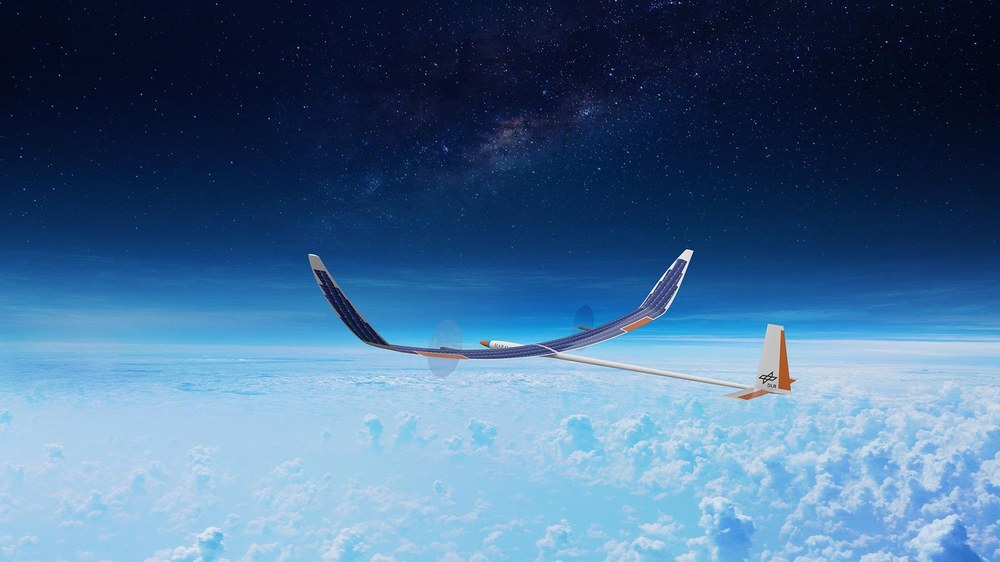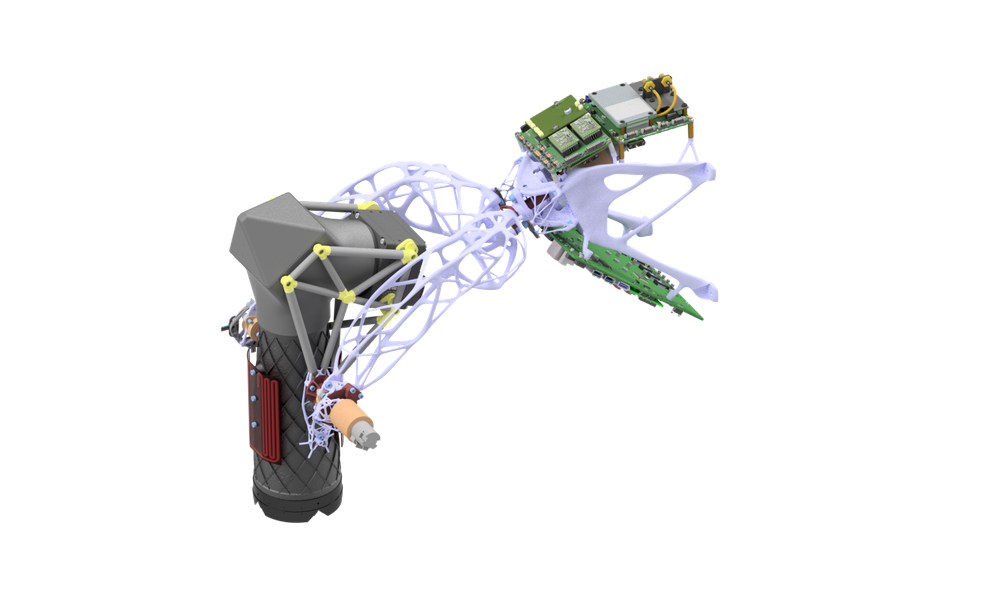MACS HAP
MACS-HAP is an aerial camera system for remote sensing specifically for high-altitude platforms (HAPs). The instrument is being developed as a payload for the HAP alpha stratospheric aircraft.


HAPs close the gap between airborne and space-based remote sensing. Their use as innovative carriers for remote sensing systems is becoming increasingly important, as they can be stationed permanently above a specific region at an altitude of around 20 kilometres. They therefore fly far above civil air traffic and weather conditions. DLR is developing such a platform called HAP alpha, which is a solar-electric powered aircraft. The optical payload for this carrier platform is MACS-HAP.
Optical remote sensing from the stratosphere offers new possibilities, such as the permanent monitoring of large areas over weeks or months. The camera system provides valuable information for environmental research, disaster management and coastal and marine monitoring thanks to its large-area, high-resolution image recording in combination with real-time data analysis. By panning and tilting the camera, an area of 400 square kilometres can be observed. Aerial images are recorded with a ground resolution of approx. 15 centimetres per pixel. These images are analysed on board. Extracted information is immediately transmitted to the ground station.
The first flight tests of the camera will take place in 2024. Once the carrier platform has been completed, stratospheric flights are scheduled to take place from 2026.
